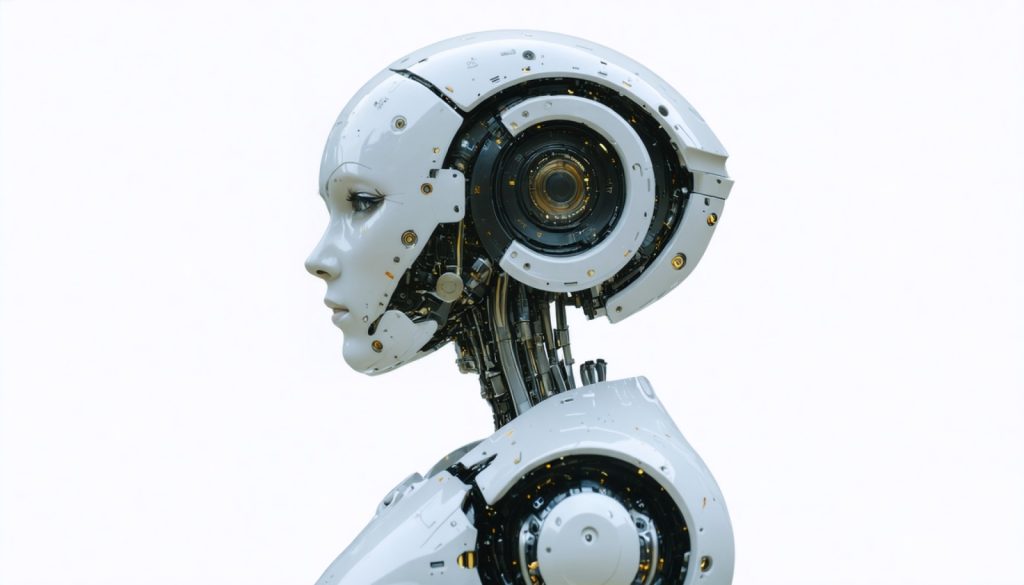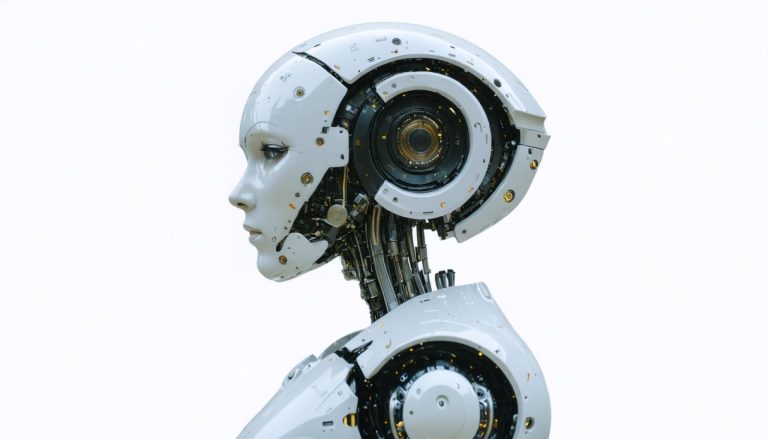
- Nate, an e-commerce startup, promised a revolutionary AI-driven shopping experience, securing over $40 million in investments.
- The AI capabilities were falsely claimed, with transactions manually processed by workers in call centers in the Philippines and Romania.
- A tropical storm in 2021 exposed the vulnerability of Nate’s reliance on human labor, disrupting operations temporarily.
- By 2023, the company’s facade completely collapsed, leading to significant investor losses.
- The story underscores the blurred lines between artificial intelligence and human effort, warning of deceptive AI claims.
- Despite AI’s market growth, the importance of critical evaluation of technological claims is highlighted.
- It reminds us to scrutinize the ethics and human costs behind modern tech advancements.
Amid the glass towers and innovation buzz of New York’s startup ecosystem, a dramatic story unfolded that peeled back the curtain on one of technology’s glittering promises. Nate, an ambitious e-commerce company fronted by Barcelona-born Albert Saniger, promised a revolution in online shopping: the power to purchase with a single, AI-driven tap. Investors flocked like moths to a flame, drawn by the allure of cutting-edge artificial intelligence, pouring in over $40 million, convinced by tales of “deep learning” and seamless automation.
Yet, behind Nate’s polished veneer lay a vastly different reality. Federal prosecutors revealed that the touted AI prowess was nothing more than an illusion, a smoke-and-mirrors act engineered by Saniger himself. Instead of algorithms and machine learning, a formidable workforce of anonymous laborers manually crafted each transaction. Hidden away in call centers across the Philippines and Romania, these workers mimicked what customers and investors believed was cutting-edge technology.
The indictment unveils a tale not just of deception but of misplaced trust in the digital age, where the separation between machine and man blurs more easily than one might expect. While investors were assured of thousands of seamless, algorithm-driven transactions, the truth was that human hands and minds made these purchases possible.
However, the facade began to crack. In October 2021, when a devastating tropical storm battered the Philippines, the company’s human operation ground to a halt, revealing the vulnerabilities of relying on hidden human labor. Yet, Saniger’s strategy was meticulous; he established a new hub in Romania to stifle disruptions and ensure investors remained blissfully unaware of the storm’s impact on operations.
Then, the illusion unraveled completely in 2023. Nate’s collapse left investors reeling, with losses mounted to near totality, underscoring a broader tension in the tech universe. Eager capital chases grand AI dreams, yet beneath the promises of automation, human workers in so-called “digital sweatshops” toil relentlessly. Recent investigations have highlighted this disturbing trend, uncovering operations where overseas workers train and refine AI systems that front as purely computational.
While the world marvels at the contributions of AI — the market projected to skyrocket to $4.8 trillion by 2033 — stories like Nate’s serve as a stark reminder. For all its promises, AI is not yet free from the hands and hearts of humans behind the scenes, laboring to prop up the mechanized myths of unerring digital futures.
In an era captivated by digital potential, this saga is a call for vigilance, an invitation to scrutinize the evolving tapestry of technology and humanity. It’s an unfolding drama that teaches an imperative truth: Even as we push the boundaries of innovation, we must remain ever watchful of the means by which we arrive at these new horizons.
How One Startup’s AI Hoax Unveiled a Digital Mirage: What Investors Must Learn
Nate’s Rise and Fall: A Glimpse Behind the AI Curtain
The tale of Nate, the New York-based e-commerce startup founded by Albert Saniger, serves as a cautionary story in today’s tech-driven world. As technology continues to revolutionize industries, Nate’s narrative underscores the necessity for investors and stakeholders to remain skeptical and conduct urgent due diligence.
Insights & Lessons from the Nate Scandal
1. Reality Versus Hype:
– Deceptive AI Claims: Nate boasted of an AI-driven shopping experience but instead relied on manual labor. This discrepancy highlights the need for transparency in tech startups.
– Human Labor Behind Automation: Often, what appears to be automated might still heavily depend on human intervention. In Nate’s case, workers in the Philippines and Romania enabled the platform to mimic AI operations read more here.
2. Market Trends & Predictions:
– AI’s Growing Market Reach: The AI market is projected to surge to $4.8 trillion by 2033, revealing both immense opportunities and potential pitfalls for investors.
– Judicious Investment: With the Nate saga as a backdrop, the tech sector should focus on substantiated AI advancements rather than just potential learn more.
3. How-To Guide for Investors:
– Thorough Vetting Process: Always dig deeper into the company’s technology. Understanding how systems function can prevent similar deceptions.
– On-the-Ground Insights: Visit operational bases or engage third-party audits to verify the presence and capabilities of claimed technologies.
The Broader Implications for the Tech Industry
Pros and Cons of AI Integration
– Pros:
– Efficiency: AI systems can handle transactions faster than any human, offering significant scalability.
– Innovation: Genuine AI solutions can lead to groundbreaking developments across various sectors.
– Cons:
– Potential for Exploitation: Stories like Nate’s highlight the exploitation of hidden labor, undermining trust in AI-driven solutions.
– Dependence on Human Labor: Many AI solutions still require significant human oversight, which can lead to operational vulnerabilities.
Security & Sustainability Concerns
– Dependence on Remote Workers: The global workforce introduced major risks in terms of operational continuity and management during crises (e.g., storms halting operations in the Philippines).
– Ethical Concerns: There’s a pressing need for regulations and ethical guidelines on utilizing overseas labor for purported “AI” operations.
Actionable Recommendations for Immediate Implementation
1. Investor Vigilance:
– Regularly assess a company’s operations beyond public claims.
– Demand honest representations and regular updates from founders and executives.
2. Technological Assessment:
– Engage experts to evaluate the underlying tech of startups (e.g., AI professionals, tech auditors).
3. Ethics and Transparency:
– Advocate for industry standards that enforce transparency in how AI solutions are presented and deployed.
By fostering a culture of curiosity and due diligence, investors and stakeholders alike can mitigate the risks associated with flashy tech promises. Ultimately, discerning the reality behind the digital façade can lead to more sustainable and ethically sound technological advancements. For more insights on technology trends, visit TechCrunch.



